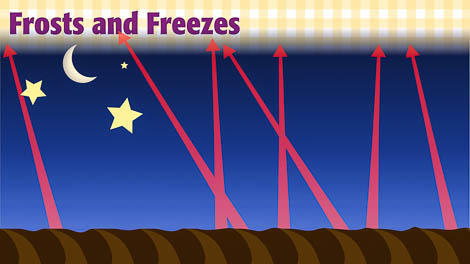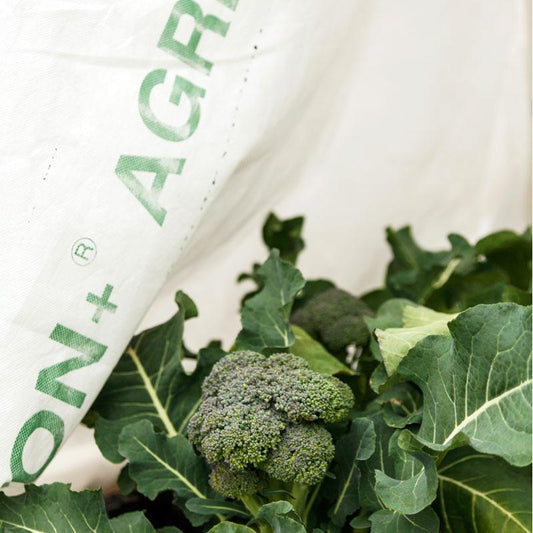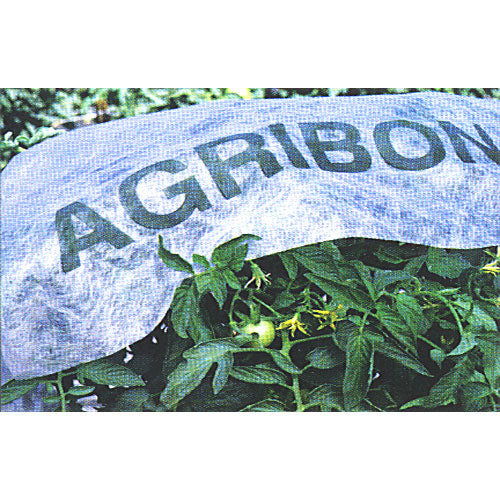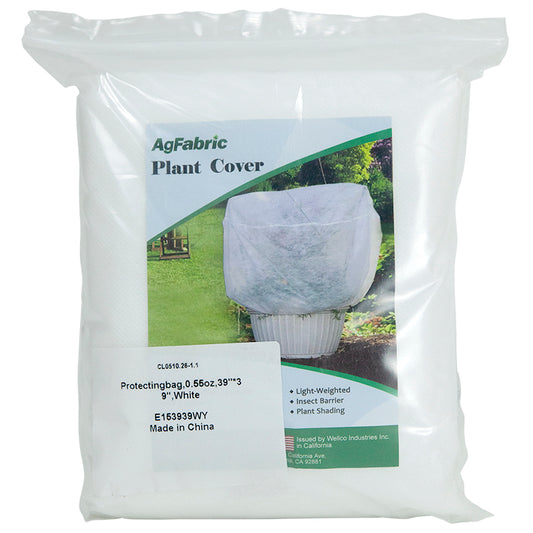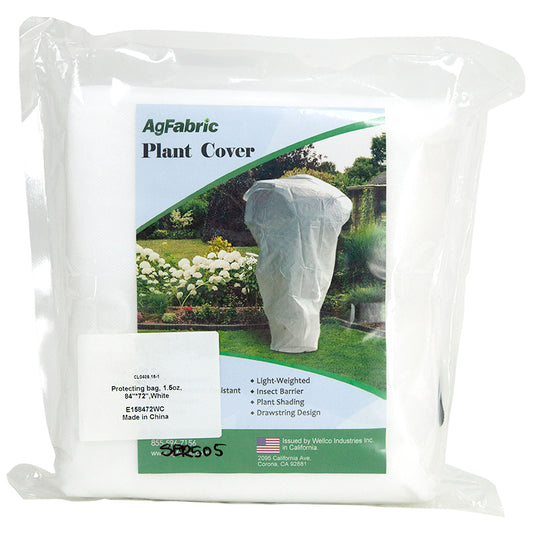Controlling Temperatures In Your Growing Space
When it comes to protecting your plants from frosts and freezes it’s important to understand where the heat is coming from. Soil absorbs heat during the day and radiates it back at night. Our Agribon floating row covers work by trapping the heat that rises from the soil. That's why you need to drape row cover to the ground, to keep the heat from seeping out. In our video and article we teach you how to make low tunnels to protect your crops from frosts.
Did you know frosts and freezes are two different things?
A radiation frost happens when the weather is clear and the wind is still. The sun warms the soil during the day and there is no cloud cover to stop the heat in the soil (and the plants, for that matter) from escaping higher into the atmosphere. Row covers work well in frosts. 
An advective freeze happens when it is windy and a mass of cold air brings freezing temperatures. When a freeze comes you need more help to keep the soil and plants warm. Tricia demonstrates these extra steps in our video.

Put down a layer of plastic mulch right on the soil.

Plug in traditional (not LED) Christmas tree lights to generate heat. Get some passive solar heat with water -- it's a great heat reservoir, even better than soil. In addition, there is a latent heat release when water freezes.

If an advective freeze is forecast, fill milk jugs or five gallon buckets with water and place them in the tunnel near your plants.
Use row covers for typical frosts -- but if a freeze is in the offing, take extra precautions. You can find more information on selecting the best Agribon floating row cover for your growing space in our resource center.

